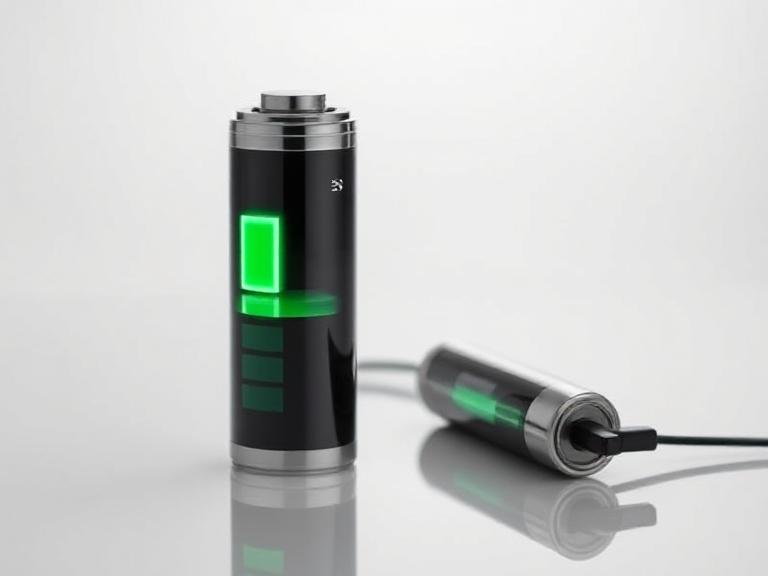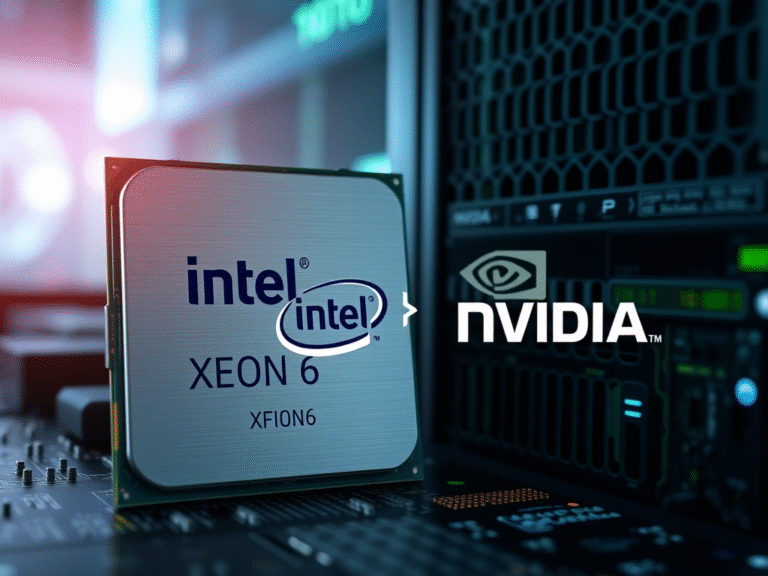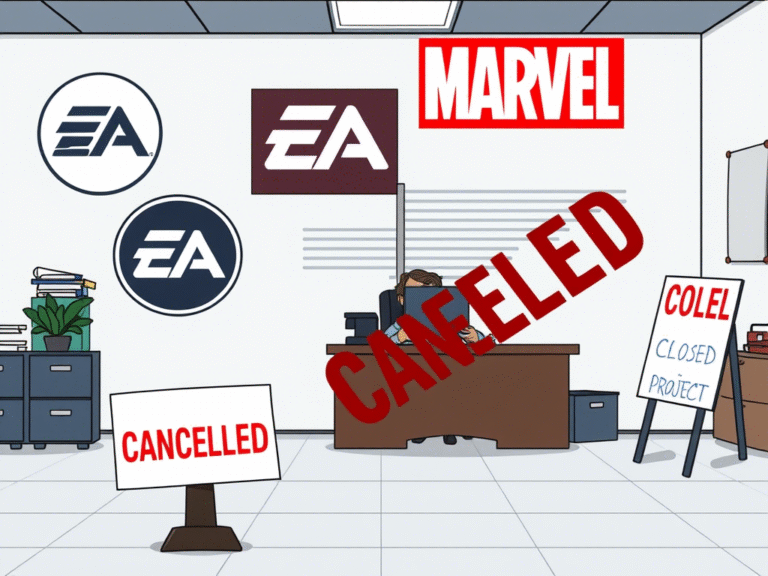The End of Chargers? A Battery That Lasts a Lifetime

The End of Chargers? A Battery That Lasts a Lifetime
A team of researchers from the Daegu Gyeongbuk Institute of Science and Technology (DGIST) , led by Professor Su-Il In, has developed a new type of long-lasting battery that could power small electronic devices for decades — or even centuries — without ever needing to be recharged.
The innovation, known as a perovskite betavoltaic cell (PBC) , uses a radioactive form of carbon called carbon-14 , combined with perovskite materials , to generate electricity. This hybrid design offers both high energy conversion efficiency and remarkable stability over time.
How It Works: Radioactive Power Meets Advanced Materials
At the heart of this new battery are carbon-14 nanoparticles and quantum dots (14CNP/CQD) used as electrodes. These were integrated into the device along with a perovskite film enhanced with two chlorine-based additives — methylammonium chloride (MACl) and cesium chloride (CsCl) .
These additives strengthened the perovskite’s crystal structure, improving its ability to conduct electric charges. As a result, the new design showed a 56,000-fold increase in electron mobility compared to earlier versions, along with stable operation for up to nine hours during testing.
“This is the first successful application of perovskite materials in a betavoltaic system,” the research team explained. “We’re essentially pioneering a new class of nuclear batteries.”
Safe and Sustainable Energy From Beta Radiation
Betavoltaic cells work by converting beta radiation — released during the decay of certain radioactive isotopes — into usable electricity. Unlike more dangerous forms of radiation, beta particles cannot penetrate human skin and can be easily blocked by materials like aluminum.
Professor In explained his choice of carbon-14: “I chose this isotope because it emits only beta rays, which makes it much safer than other radioactive sources.”
Carbon-14 is also a common by-product of nuclear reactors, meaning it’s widely available and can be recycled at low cost. Because of its slow decay rate, it can provide power for hundreds — or even thousands — of years.
Boosting Efficiency With Solar Cell Technology
To improve energy conversion efficiency, the team incorporated a titanium dioxide semiconductor , commonly used in solar panels, and enhanced it with a ruthenium-based dye . A special citric acid treatment helped strengthen the bond between the dye and the semiconductor.
When beta particles strike the dye, they trigger a chain reaction known as an electron avalanche . The freed electrons are then captured by the titanium dioxide and directed through an electrical circuit to produce power.
Double-Sided Design Increases Performance
In a clever design twist, the researchers placed radiocarbon material on both the anode and cathode sides of the battery. This increased the amount of beta radiation available for energy conversion while reducing losses over distance.
As a result, the battery’s energy conversion efficiency jumped from just 0.48% in older models to 2.86% — a major leap forward in nuclear battery technology.
Still, the output remains lower than that of standard lithium-ion batteries. According to Professor In, future improvements could include redesigning the shape of the beta emitter and using better electron-absorbing materials to boost overall performance.
From Pacemakers to Space Probes — The Future Is Nuclear
Professor In described the breakthrough as a global first:
“This research proves, for the first time, that betavoltaic cells can be practical and effective. We aim to speed up the development of next-generation power systems for extreme environments and push further toward miniaturization and real-world applications.”
Doctoral student Junho Lee added:
“Even though we face daily challenges that sometimes seem impossible, we’re driven by the belief that energy security plays a crucial role in shaping our nation’s future.”
With further refinement, these ultra-long-lasting batteries could find use in life-saving medical implants like pacemakers, space exploration missions, and autonomous drones — offering reliable power in situations where regular charging isn’t possible.
As In puts it:
“We’re bringing safe nuclear energy into devices as small as your fingertip.”
Source: DGIST, ACS, Royal Society of Chemistry





